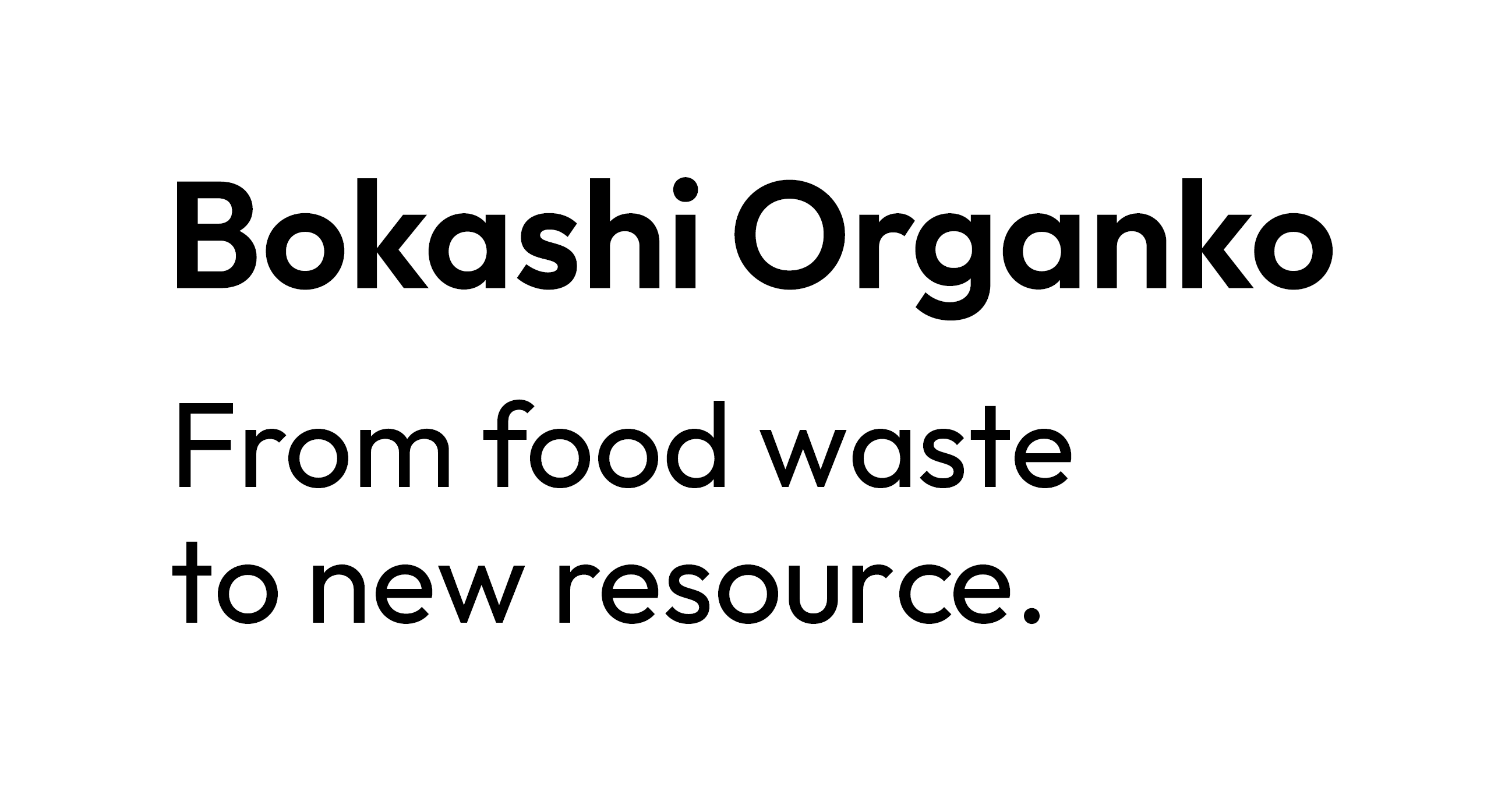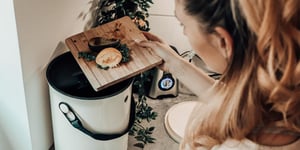Eco or green living is trending like never before. And while there are some people with a lower level of environmental awareness that consider it as a trending fad, it has, in fact, never before been more urgent for each and every individual to do its part. Unfortunately, several past generations had been neglecting the environment and had highly underestimated the negative impact humans can have. As such, global warming is at its pivotal point, which requires maximum effort from each and every one of us. This includes small, consistent steps, like reducing waste, reusing resources, and recycling in our day-to-day lives. And it is the aspect of bio-waste management at home and reuse of organic waste where indoor composting comes to play.
Indoor composting - a Step in the Right Direction
Composting, in general, is a great way to properly manage organic waste - reducing the amount of waste and ensuring that the organic material stays in the loop. Not to mention that composts play a significant role in organic gardening, thus hugely contributing to organic food production. And while outdoor composting is definitely something many people already practice, the majority of even a highly environmentally conscious population knows very little about indoor composting.
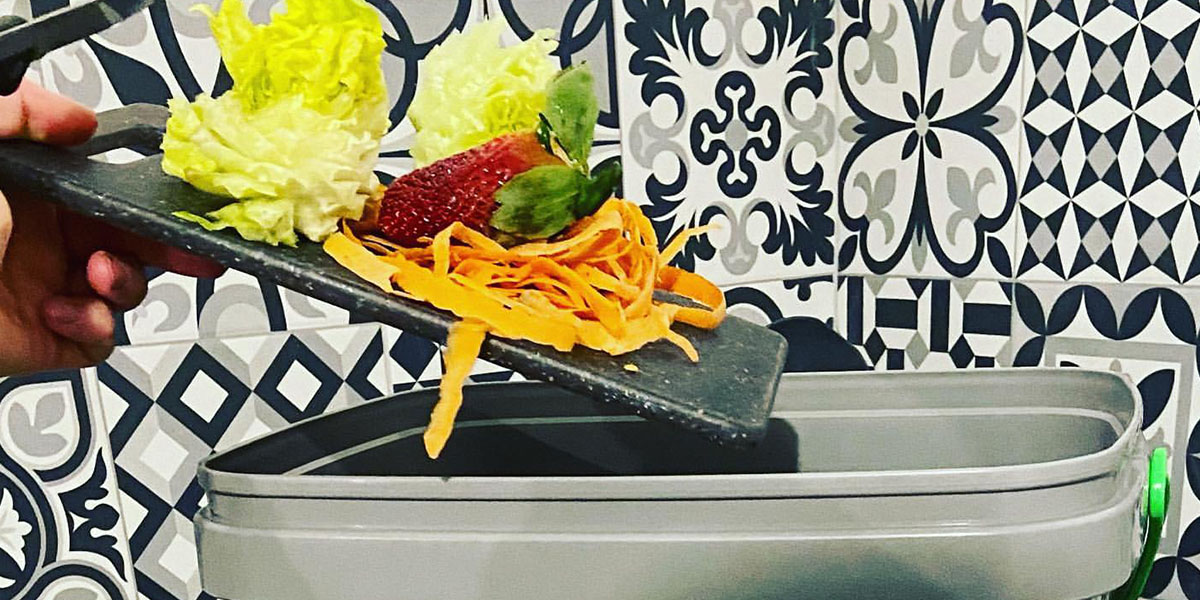
As such, we decided to help you get familiar with this method of responsible bio-waste management at home. Throughout the following sections, you will learn about the benefits of indoor composting, different methods of indoor composting, and why Bokashi composting is the most practical solution. We will also present to you our pride and joy - the Bokashi Organko, in our opinion the best indoor composter.
The Benefits of Indoor composting
When most people first hear the ‘composting’ and ‘indoor’ words used together, they tend to be very skeptical. Are you one of those people? If so, don’t worry; that just means you are not yet familiar with the concept of indoor composting. Moreover, we promise you that by the end of this article, you’ll be ready to commit to indoor composting yourself.
The general benefits of composting are the same for both outdoor and indoor composting. Both ways serve as bio-waste management at-home solutions by helping reduce waste and keeping organic material in the food production cycle. However, in this section, we want to focus on the benefits of indoor composting in particular.
There are two key benefits of indoor composting:
- All-year-round performance - indoor composting is weather-independent. This means that you can easily ensure that all of the most optimal composting conditions are met at any given time. Moreover, it has no problem with low winter temperatures that almost completely halt the composting process in outdoor composting.
- Suitable for all types of homes - there is a good reason why indoor composting is the ultimate bio-waste management at-home solution - any home type can use it. While outdoor composting is limited to houses with yards, indoor composting can be applied even in the smallest apartments.
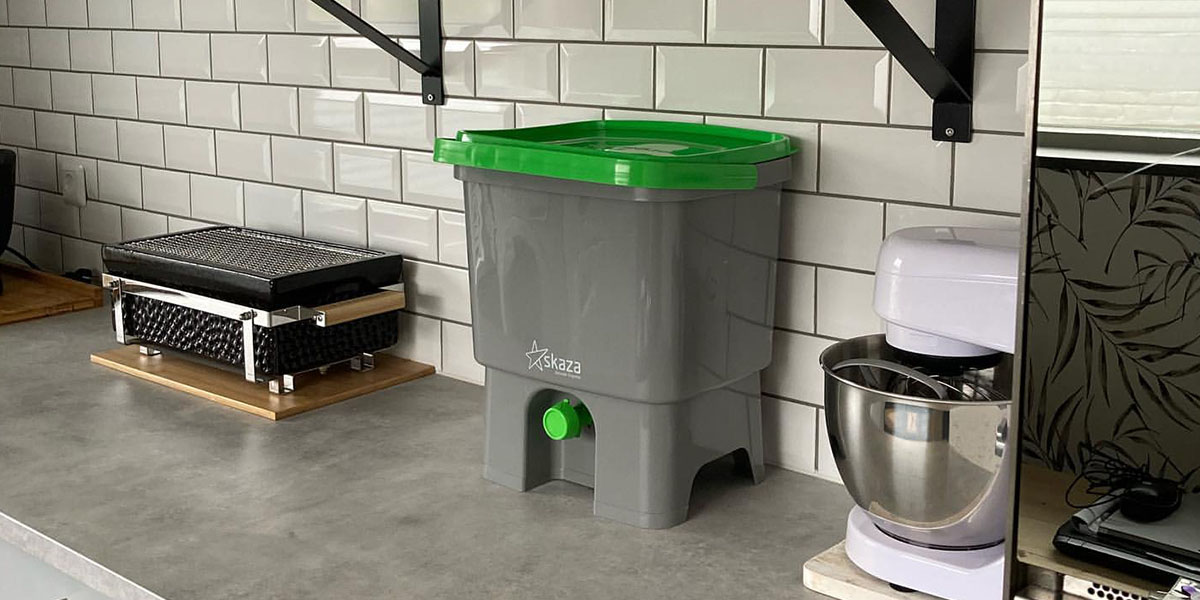
Different Methods of Indoor composting
There are several types of composts or methods of composting in general, and all those can be applied in indoor composting as well. Moreover, the type of composting depends on several factors that affect the process. The key elements are ‘brown-green’ ration (C:N), water, and oxygen. For more details regarding the factors affecting the composting process, check out one of our past articles.
The three most commonly known composting methods are:
- Aerobic decomposition (a.k.a. regular composting) - as the name suggests, it requires a decent amount of oxygen (aeration). Depending on the amount of heat produced during decomposition (depending on the type of material in the compost), we talk about hot composting and cold composting.
- Vermicomposting - this is a special kind of composting, where beneficial sorts of worms are introduced to the compost. The worms then process the organic material and take care of the aeration with their tunneling.
- Bokashi composting - technically speaking, this method of decomposition is fermentation. It takes place when there’s very little oxygen present (O2 < 5mg/l) and there are anaerobic beneficial microorganisms added (typically in the form of Bokashi bran).
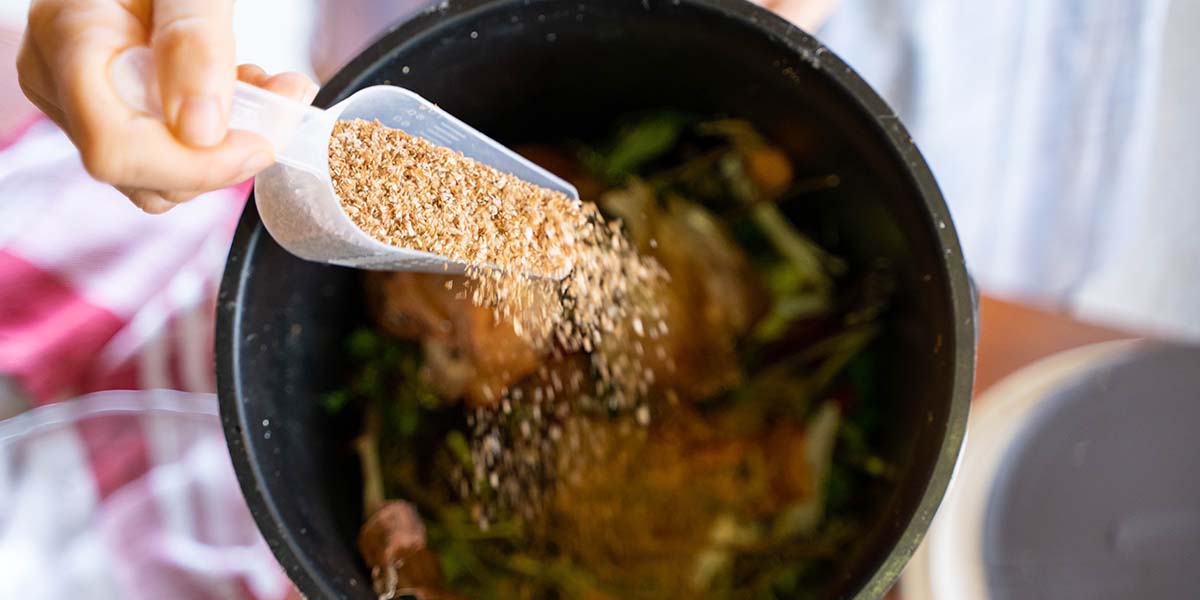
Why Bokashi Composting Is the Most Practical Indoor composting Solution
While most people consider composting as something smelly and messy, it can actually be done extremely neatly when approached properly. And while there are several composting solutions (as listed in the previous section), the Bokashi method definitely comes on top when it comes to the practicality of indoor composting.
Why? Well, for one, the other two methods are a lot messier. They both involved adding soil into the mix, which is messy itself and also requires a larger container. Moreover, vermicomposting requires worms in your home, which most people would not be comfortable with. Furthermore, both of these two methods also require you to make holes for air in the container. Unfortunately, this will also enable the smell to come out. Of course, if the whole process goes perfectly, there should be no particular smell; however, things can get wrong and smell can appear rather quickly.
Moreover, both aerobic indoor composting and vermicomposting are rather sensitive regarding what type of organic waste you can add. On the other hand, Bokashi composting easily ferments all types of food waste, including meat and smaller bones. The latter further contributes to the overall practicality.
While there are ‘hard-core’ environmentalists that decide to go with either aerobic composting method or vermicomposting, we believe that using an airtight container and thus relying on the Bokashi method is the best indoor composting solution. Do you agree? If so, you will really appreciate the next section.
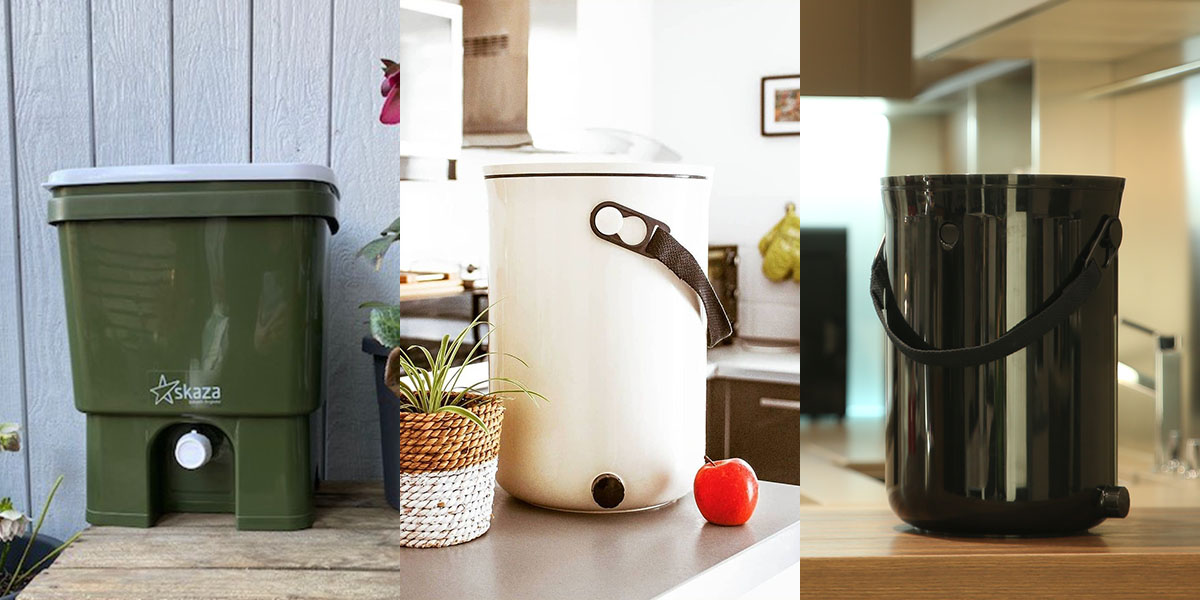
Bokashi Organko - Indoor composting Made Easy
Bokashi Organko products are our indoor composting bins created with users in mind. We have three different models, each with its particular advantages. Moreover, if you are serious about indoor composting and thus implementing responsible bio-waste management at home, we honestly believe that Bokashi Organko bins are the best indoor composters.
Quick overview of Bokashi Organko bins:
- Bokashi Organko 1 - this model is great for gardeners that want to carry their bin outside. It offers a more traditional design with a slightly raised pedestal at the bottom.
- Bokashi Organko 2 - this model offers a modern design. As such, it is a perfect fit for all modern apartments.
- Bokashi Organko 2 Ocean - this model is suitable for people who want to make an additional contribution towards cleaning the oceans and preventing ocean pollution. 30% of the plastic used for Bokashi Organko 2 is made from recycled fishing nets and 2 EUR of every purchase goes for ocean cleanup.
Furthermore, all three Bokashi Organko bins offer a 4-in-1 indoor composting solution: first-class compost base + natural cleaner for drains + organic fertilizer for your plants + reduce your bio-waste by 25%. Moreover, they are all made from recycled and recyclable plastics; as such, they really are the ultimate environmentally-friendly indoor composting solution. For more details regarding each Bokashi Organko model, use the links above.
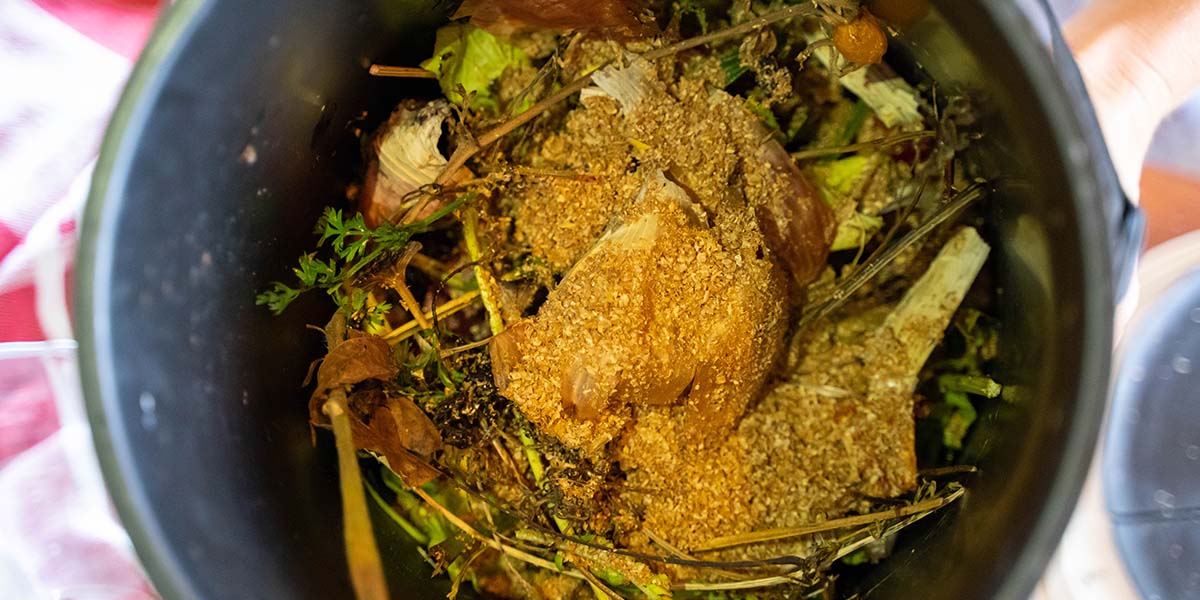
Indoor composting - Parting Word
First, we’d like to kindly thank you for coming all the way to the end of the article and thus showing your commitment towards contributing to making the world more sustainable. Thank you! And while indoor composting may not be the largest move one can make, it surely is a vital piece of the puzzle when it comes to responsible bio-waste management at home.
Moreover, we hope you’ve learned some new useful information about indoor composting. If nothing else, you now know where to obtain the best indoor composter.
Stay environmentally friendly and be awesome!

